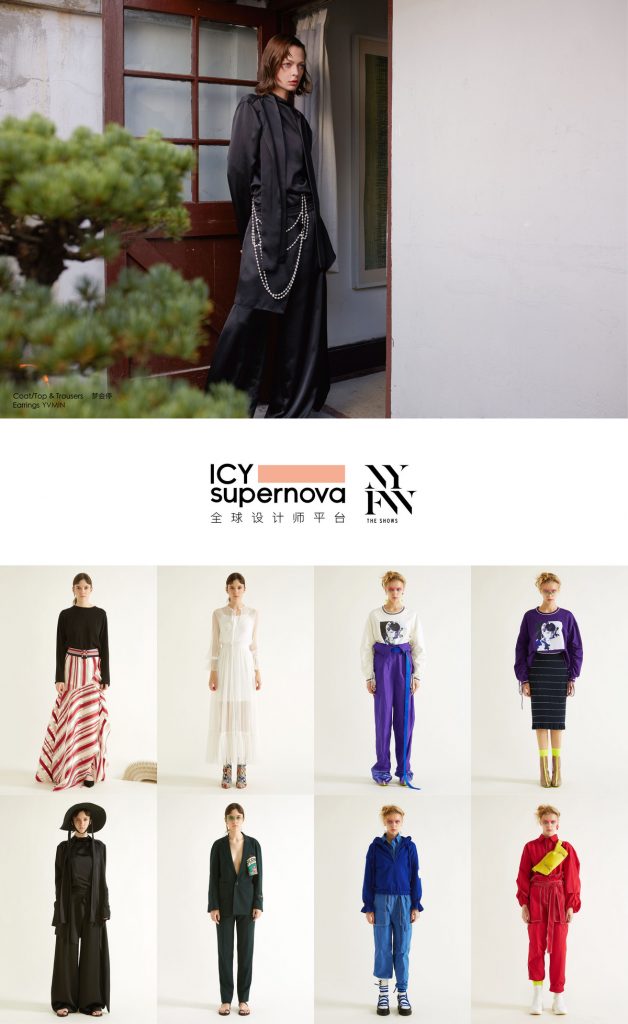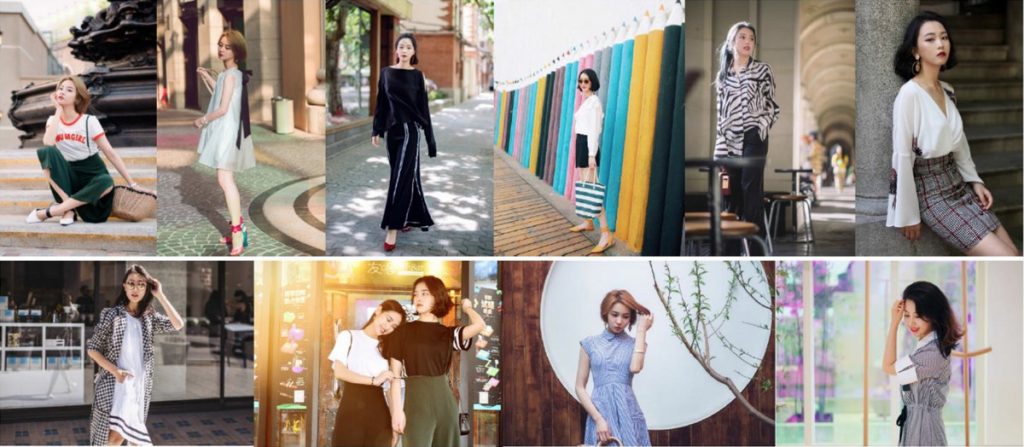Hi there! In this age of AI, we are initiating this bold AI-powered pilot project.
KrASIA’s parent company, 36Kr, is the leading tech and business media in China. Every day, 36Kr delivers an enormous amount of news on Chinese startups. KrASIA wants to share these articles first-hand, but it was impossible to translate huge amount of information manually in the past.
Now, with AI, we have a solution: AI-powered translation with minimal human effort. Please understand that it may affect your reading experience. Nonetheless, feel free to contact us ([email protected]) should you have any feedback.
Enjoy!
KrASIA’s parent company, 36Kr, was informed that “ICY”, a designer’s brand e-commerce platform, has recently completed nearly 100million RMB Series A funding, which was led by Fosun RZ Capital.
Founded in January 2017, ICY positions itself as a global designer’s brand e-commerce platform. The platform uses a designer crowdsourcing model with a resilient supply chain automation. According to PWC, a resilient supply chain is a competitive advantage that reduces assumed risks and moves companies from simple risk management to risk resilient growth. ICY wants to build a community of Key Opinion Leaders (KOL) to provide cost-effective designer brands for young white-collar workers in first- and second-tier cities aged 25-35. ICY was established only one and a half years ago, but its Gross Merchandise Volume (GMV) exceeds 150 million RMB and achieved an annual growth of over 300%.
Founder Gu Yingying told 36Kr that, there are several consumer trends: de-branding, personalization, and product focus. This shows that consumers have become more and more rational towards consumption, while young people are going for personalization and uniqueness and fashion is a good expression of self. Thus, products with unique designs are getting increasingly popular. This market trend encourages the establishment of ICY.
Crowdsourcing of designers and upgrading flexible supply chain automation
There are many stages involved in getting a piece of clothing from the hands of the designer to the consumers. These include designing, modelling, production, sales and so on. Individual designers may find it difficult to sell their products in such a complex supply chain. Normally, there are two traditional ways to sell their designs. A designer can have their own brands and fork out a decent amount of money to cover all production and distribution costs. On the other hand, a designer can sell their designs to an existing brand but is not allowed to own a brand. This is a big pain point for designers. It is difficult to produce and retain personal brands at low cost, and there is a risk of high inventory pressure. To the consumers, they feel that they have to pay an unreasonably high premium for designers’ brands, and young consumers have no purchasing power. Those with purchasing ability are consumers over 35 years old. However, the demand for personalized clothing among the 35-year-old is not as strong as the young consumers.
Gu Yingying tells us that most freelance designers have no supply chain support, and hence creating new designs becomes difficult and costly. ICY starts by providing a robust supply chain and works with designers to solve their production problems and provide sales channels. Large-scale production can significantly reduce prices, allowing young consumers to purchase designer brands.

With that ICY has done the following:
1. The copyright sharing model.How ICY works with designers is similar to the relationship between publishers and writers. Designers will provide samples while ICY will select and evaluate the samples with automated systems, set the first batch of production (usually within 100), and launch sales. After launching, the payment is made according to the sales volume, that is, the copyright fee is paid for every sale. The advantage of this is that the designer can focus on designs and clothing. According to ICY, a trending product can have sales up to a few thousand. ICY will retain the designer’s personal brand (in the form of a joint name) so that designers are also more willing to cooperate with ICY. At present, ICY has more than 200 designers, many are designers who have cooperated with international luxury brands.
2. Building an automated resilient supply chainICY has developed an automated buyer system and a smart inventory replenishment system. The former labels the samples provided by the designer matches the popular elements in the integrated data system, and picks out the sample that may be popular among the buyers and set the production numbers for the initial batch. After 7-14 days on the shelves, the intelligent inventory replenish system simulates the performance of the entire sales cycle based on user data such as click-through rate, browsing, and purchase, and predicts the quantity of replenishment required. The fashion industry usually predicts fashion trends 3-6 months in advance, so there is a time lag between production, sales, and replenishment. ICY has a stable cooperation with more than 20 factories in Shenzhen. The replenishment production is small and rapid. It is more flexible and the cycle can be completed in 15-20 days. Gu Yingying mentioned that ICY’s system has a forecasting accuracy rate of 80%. This means that 80% of the predicted sales are realized. Moreover, the cost of producing a single clothing is low, generally a quarter the cost for a designer to product personally.
Influence brought about by KOLs
ICY not only made their presence in their own App, but it is also found on e-commerce platforms such as Tmall, Jingdong, and Xiaohongshu. According to the data provided by the team, users are concentrated in first- and second-tier cities. The average customer price is between 500-800 (depending on winter and summer), the monthly repurchase rate is above 25%, and customer retention is among the age group of about 30. Revenue per customer and purchasing rate is relatively high among this age group.
This group of consumers has obvious personalities. They have the courage to express themselves, have a unique understanding of fashion and has the KOL has the greatest influence over consumers. Therefore, in terms of getting customers, ICY has established its own KOL community. The community has a pyramid structure. There are more than 20 celebrities on the top, hundreds of fashion bloggers at the waist (from the media), and thousands of fashion ambassadors at the bottom.

For the celebrities, the designer brand can showcase their own fashion taste, and the street photography has become popular. With that, there will be more brand exposure through media content and create brand share among consumers. Thousands of bloggers brand ambassadors will continue to spread the brand. As a designer-focused platform, ICY can meet the style of different bloggers compared with a single brand, thus attracting a more diverse audience.
According to ICY data, the core traffic comes from the KOL community, and the direct purchase conversion rate reaches 20%. Direct purchase is 20% high than indirect purchase. ICY plans to work with more designers, including overseas designers, combining good design and China’s supply chain competitiveness to bring more designer brands to young people.
On 8th September, ICY will lead four co-designers to the New York Fashion Week to release a co-branded series, hoping that Fashion Week advocates the idea that “designers brand are for everyone”. Well-known blogger Olivia Palermo will be attending the event and ICY hopes to take the opportunity to attract international designers.
Liu Fang, executive general manager of Fosun Ruizheng Capital, said that he is a typical persona of ICY. In such a long, complicated and fragmented clothing supply chain, ICY helps in cost reduction and
efficiency, welcoming the era of designers. 36Kr also mentioned that there is a time lag between new consumption demand and behind schedule supply, and this caused pain points on both ends. Fast fashion is a contemporary term used by fashion retailers to express that designs move from catwalk quickly to capture current fashion trends. The fast fashion among women is currently the fastest growing niche online, and ICY is currently one of the leaders in the industry and the team is highly capable.
